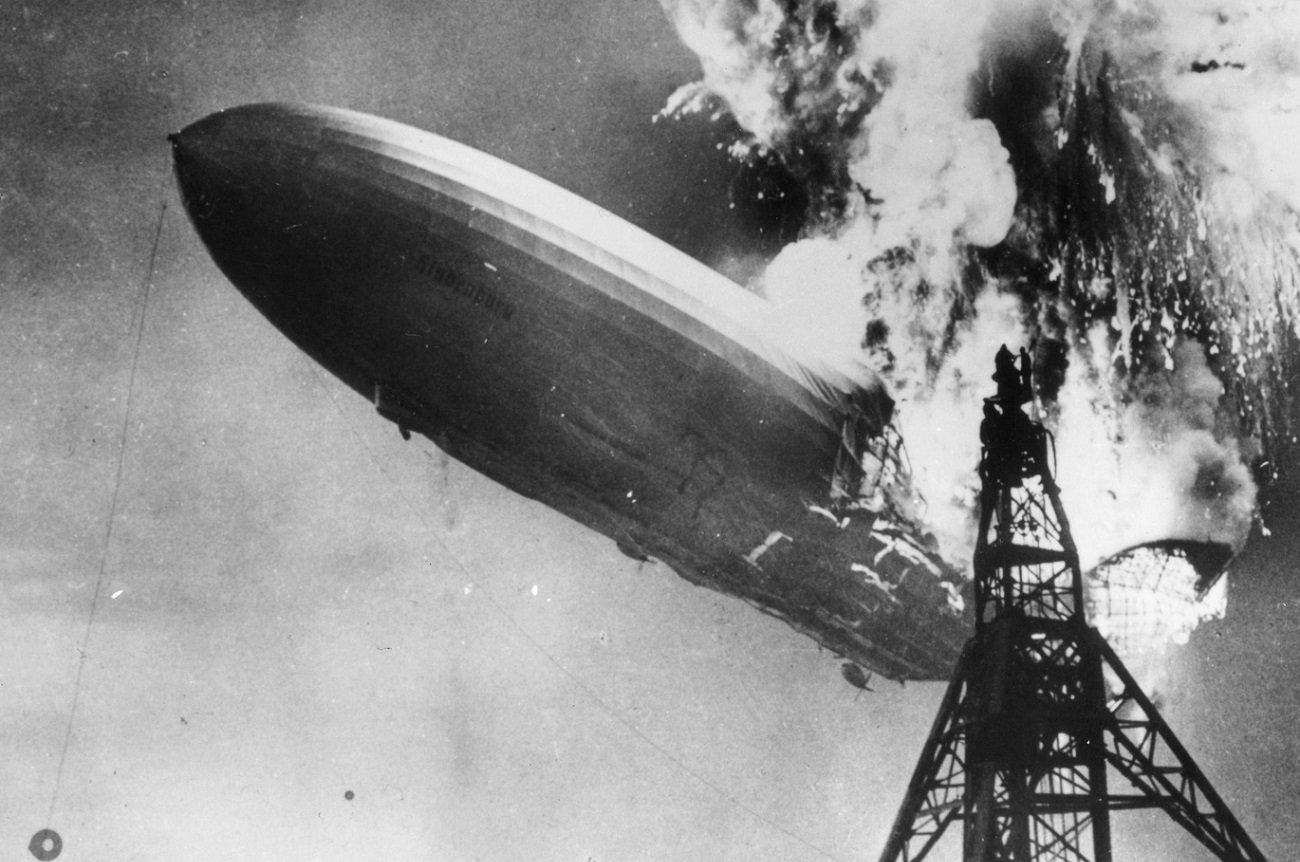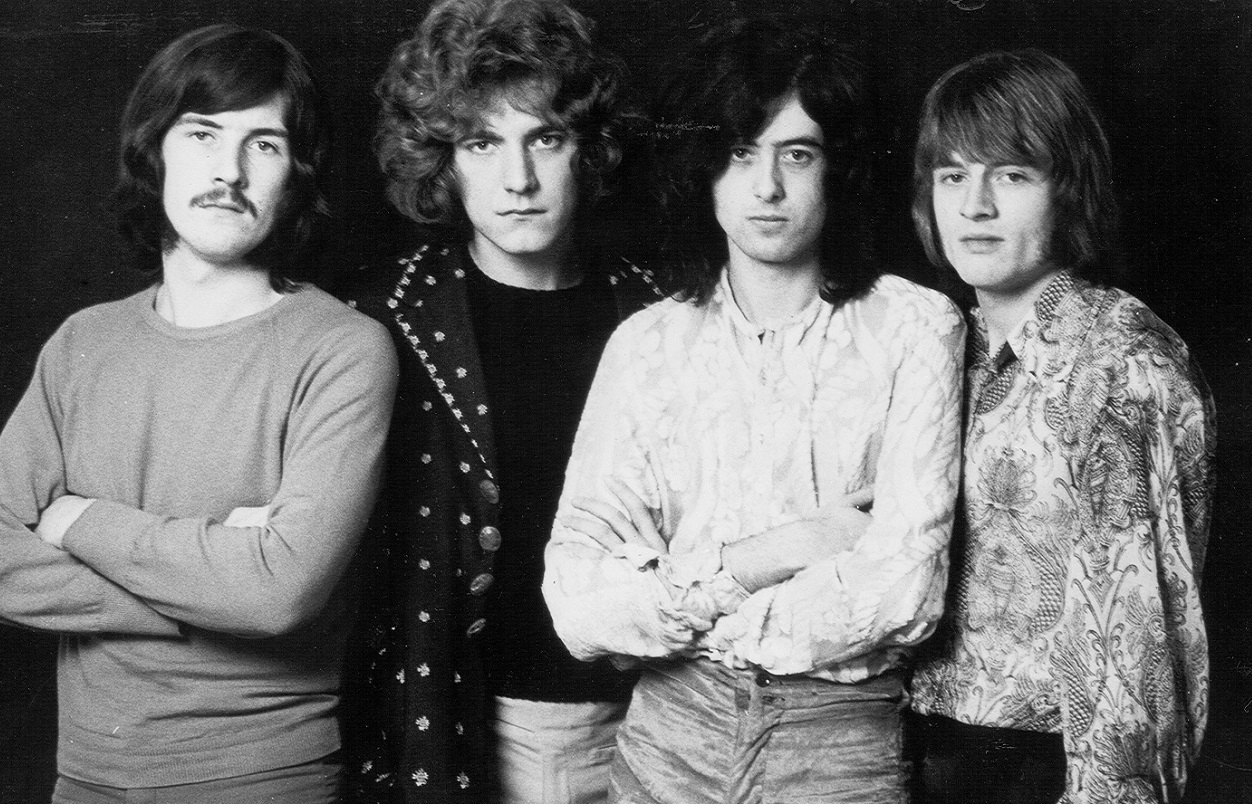‘Led Zeppelin I’: The Disaster Shown on the Cover of Zeppelin’s Debut Album
It’s hard to top the cover of the debut Led Zeppelin album. When Cream and the Jimi Hendrix Experience released their heavy debuts in previous years, they went with the time-tested approach of having band members on the cover. So did Pink Floyd with its ’67 debut, The Piper at the Gates of Dawn.
But Zeppelin went with an image as explosive as the music listeners heard on the vinyl inside. Outside of “Led Zeppelin” in the top left corner and the Atlantic Records logo on the bottom right, the image was the only thing record stores had to grab buyers’ attention.
It turned out to be enough. As the band made its way across the U.S. in early ’69, Zeppelin quickly gained a die-hard following among American rock fans. (The record eventually peaked at No. 10.) And the cover image Jimmy Page chose was the perfect call. It was from an airship disaster from 1937.
The ‘Led Zeppelin’ cover features an image of the Hindenburg disaster

In the early 1900s, Count Ferdinand von Zeppelin founded Luftschiffbau Zeppelin, a company that made rigid airships that came to be referred to as zeppelins. And the company named LZ-129 after German president Paul von Hindenburg.
Soon after LZ-129 Hindenburg took flight for the first time in ’36, people began calling it “The Hindenburg.” When it caught fire and crashed over New Jersey in May ’37, 35 people died. The event became known as “the Hindenburg disaster.” Page used a picture of that crash for Led Zeppelin’s debut album cover.
To this day, you can find dozens of photos of the Hindenburg’s crash. You can see it from various angles and at various stages of its fall. That’s because journalists were waiting for the Hindenburg landing. In ’37, an airship flight from Germany to the U.S. was headline news.
So when the zeppelin caught fire, photographers were in position to shoot. And the images they captured that day remain astounding to this day. Page seized on one of those images and used it for the band’s debut on Atlantic. With total control of album production, Page could do as he pleased.
Jimmy Page considered ‘Babe, I’m Gonna Leave You’ the standout track

Led Zeppelin is such a groundbreaking album that it means different things to different people. For some, the heaviness of “Communication Breakdown” and “How Many More Times” charted Zep’s course in hard rock. For others, the blues screamers were the goods.
To Page, Zep’s founder and producer, “Babe, I’m Gonna Leave You” represented the Zeppelin essence on that first LP. “At that time, ‘Babe I’m Gonna Leave You’ was such a movement forward,” he told Classic Rock in 2012. “And Robert’s singing on it is just fabulous.”
Page always saw the band as equal parts light (acoustic, bright) and shade (distortion, power riffs, etc.). And he thought the first album set the tone for one of rock’s greatest runs. “That whole album was a complete barrage of ideas,” Page told Classic Rock. “It’s got so much energy to it, and yet there are so many colors in there, too.”


